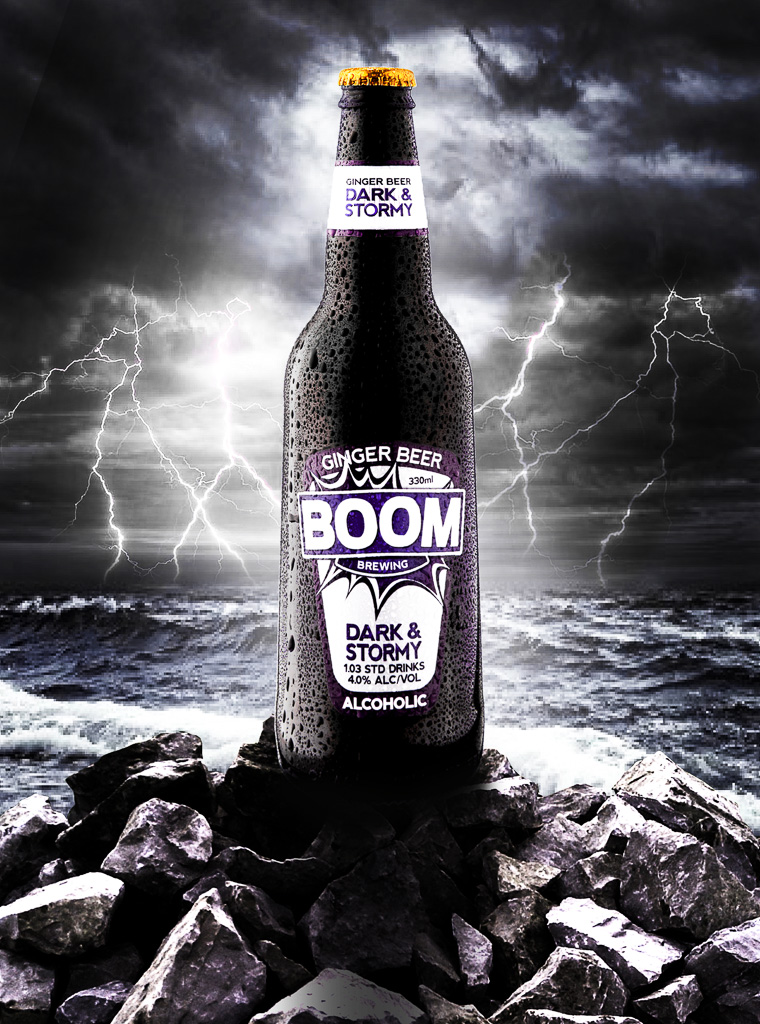Commercial Photography.
Commercial photography begins with searching for the right concept and addressing the advert’s essentials: what is sold? what is it used for? where does the product originate? at whom is it aimed? why should people choose it? do we focus on demonstrating the product itself or its benefits? Each project bases on answers to these questions, and then to the newly arising questions. Do we plan a long-term commercial campaign? How necessary is it that the series of adverts promoting the product be produced in the same vein? Is it to be marketed as a single product or part of assortment? Are there any known distribution difficulties? All these questions help to figure advertising parameters. At the same time, they directly influence characteristics of the image, which holds an important place in advertisement.
No matter what the commercial targets are, in terms of photography an advert has to be perfectly professional. Badly crafted commercial photos do not convince, thus badly crafted advertisement doesn’t reach its goal. Rather than launch a failed promotion campaign and harm the business at one’s own cost, it is better to give up the advertisement idea altogether.
Clients turning to photographers without the preliminary adopted image scheme, find himself in a particular situation because they pay for the venue, for the equipment and technical expertise as well as for the photographer’s own ideas, for his talent and creative experience. It would be totally unreasonable not to benefit from these unapparent yet very important factors.
Good cooperation between the creative editor and the photographer helps both to raise to a higher level of artistic quality, otherwise impossible to attain for those who continue working on their own. To make it happen, the artistic editor should develop a camera-like vision along with the understanding that the good thing about photography is that it differs from drawing and painting not to mention other arts. Photographer and editor have to defend their own artistic solution against considerations of gain or benefit, and to be ready to give in – in case the other party puts forward a better alternative. None can be right always, about everything. If in doubt, they have to join efforts in order to approve or turn down a suggestion.

Quite often, the right solution can be arrived at only after a lengthy exchange, similar to a game of ping-pong. This kind of cooperation becomes impossible if someone acts in the capacity of photographer, and the other behaves like a client. Rather than the client, let the creative concept be supreme authority – if you do that, cooperation on equal basis will prove to be the most productive kind of joint creative process. Both parties should be clearly aware of the value of photographic art, and to know what one can or cannot expect from it. Visual advertisement has nothing in common with snapshot photography – it is an art-based activity for creating artistic photos, which have an important economic task.
Visual advertisement concept development can be a fascinating albeit slow process. A visually pleasing composition can earn praise for an amateur photographer desperate to gain approval from members of a certain photography circle. But it won’t suffice to make an advert, as it should not just show something, but to make it evident and drive it home.
Composition depends on what the visual image has to convey. The setting is important because it helps to elicit the viewer’s interest, encouraging a certain attitude towards the subject. Colour and tone play a part, too, as well as the reflected time of the day and light contrast. After all, photography is the art of rendering light patterns, commanding over all the punctuation marks, the shout mark included.
Correct positioning of objects and models, the colouration, the play of light and shadow, and the contrast with other elements of the image together guide the viewer’s attention. Commercial photography always wants to turn the eye and interest to a particular aspect or element, at the same time giving the right suggestions.
Occasionally, separate elements of an advert assume their proper places as if by magic, producing an image that exactly meets advertising targets. Sometimes, the resulting image looks unfinished and unconvincing. But the master will always be able to define what kind of image it is, unlike the apprentice.
The ability to single out and dump a lame solution – along with the readiness to start it all over again – is the true marker of professionalism.
Professional level is a tricky market product if it is not demonstrated in action. The professional approach is characterized by an aspiration for perfection and readiness to compromise, if need be. Let’s imagine, one has to shoot the ocean surf. In that case, the Californian coastline may very well do, though we all know for sure that nothing can beat the Hawaiian surf. Sometimes, even five dollars turn out well spent while for utmost perfection it seems necessary to fork out fifty. However, frugality does not justify technical flaws and botched photography.
See also: Commercial photography
